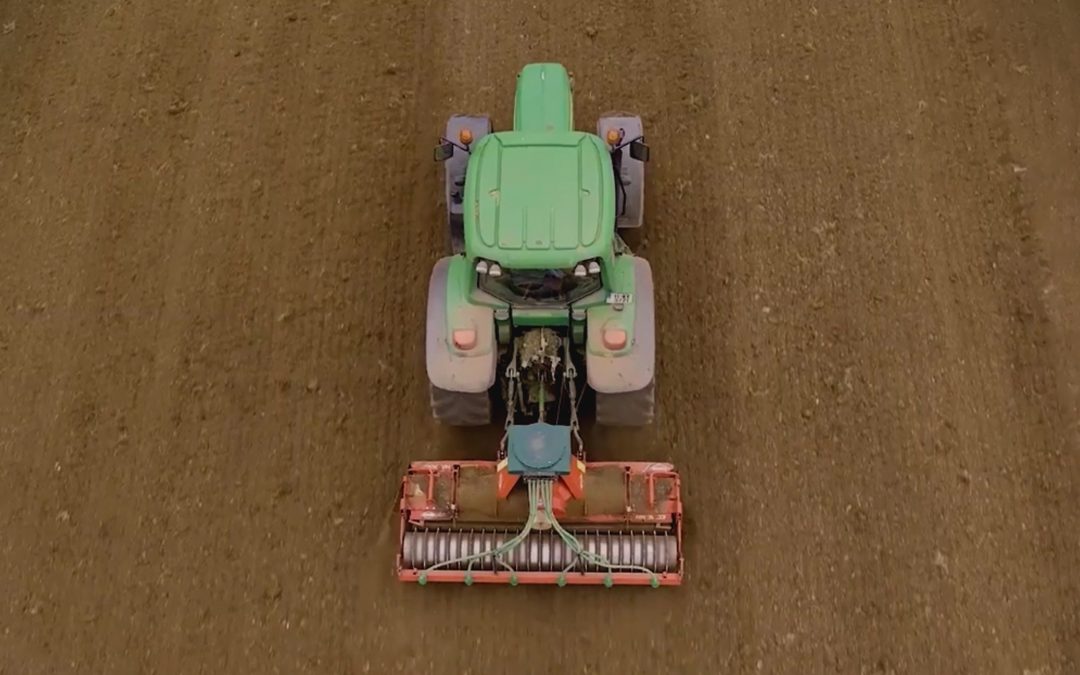Early autumn reseeding is the preferred option for many to reseed grazing ground due to reduced pressure on grass availability and the increased availability of grazing ground after second cut silage.
After several months of poor grass growth this year, many reseeds were delayed so it’s important to get back on track when the opportunity presents itself.
However, timing is crucial so the earlier you plan on completing reseeding, the more flexibility they’ll have regarding grazing and weed control.
The target turnaround with a reseed should be 50 to 60 days. Therefore if spray-off is completed by mid-August, target first grazing should be approximately the same date in October. Ideally, one more grazing before winter should create a more established sward for the following spring.
Taking the reseeding opportunity earlier will also help with clover establishment. With clover high on the agenda for those reseeding grazing block ground, its important to get the basics correct to aid in its establishment. Clover has a high pH requirement, favouring soils at a pH of 6.5, and index 3-4 for P&K.
Avoid jeopardising your investment in reseeding by skimping on weed control or missing the ideal window. Post-emergence spraying is always your best chance to control weeds, typically applied approximately 5-6 weeks after sowing. Where clover was incorporated in the seed mixture, use a clover-safe spray (take care to use a clover-safe spray at the three-leaf stage).
One of the most common issues seen with reseeds where conventional ploughing has not been used is inadequate rolling of new reseeds/poor firmness.
Rolling is essential to create good soil–to–seed contact and also helps to maintain moisture within the seedbed.
New plants emerge quickest where the tractor tyre marks are, or in the headlands due to greater contact. So roll the seed bed prior to sowing to increase firmness.
For more information contact your local Agritech Sales Advisor


